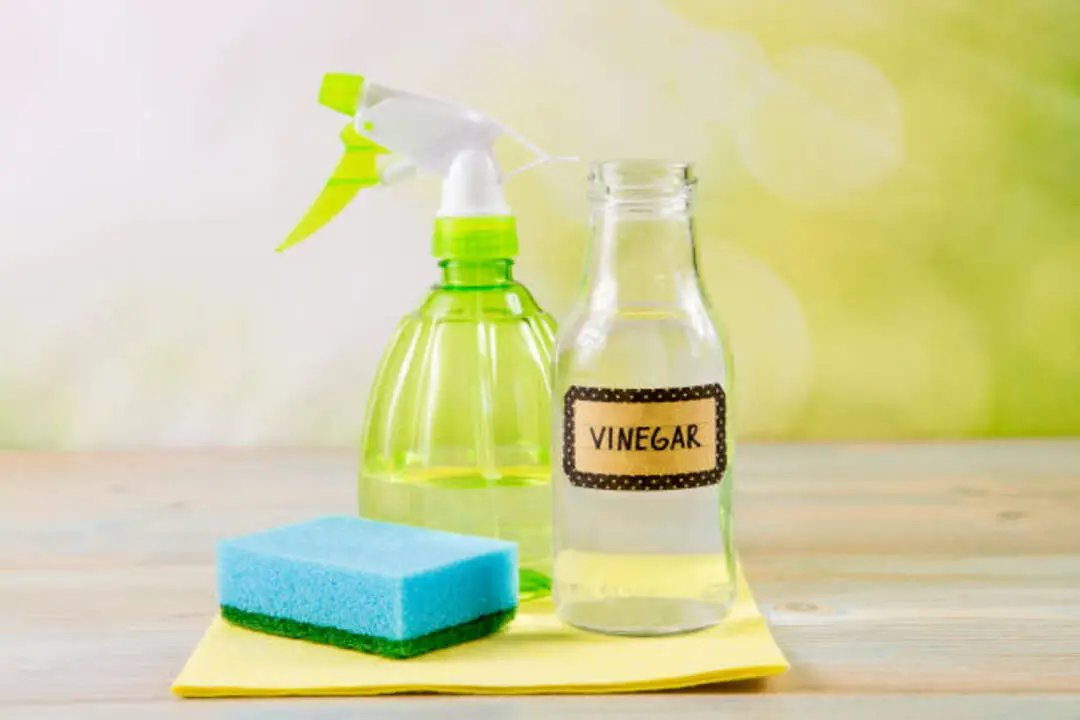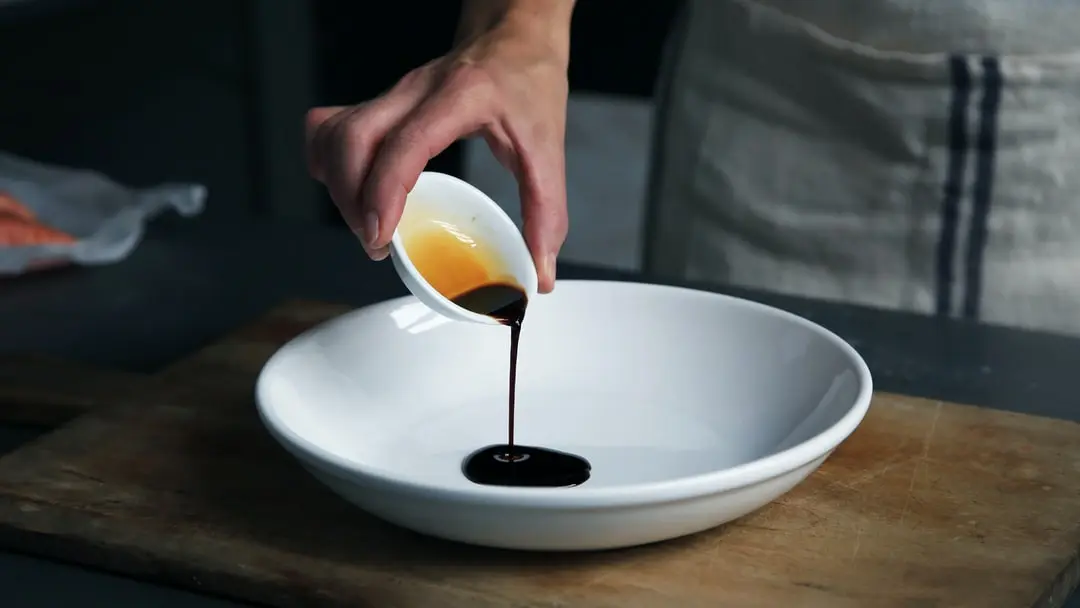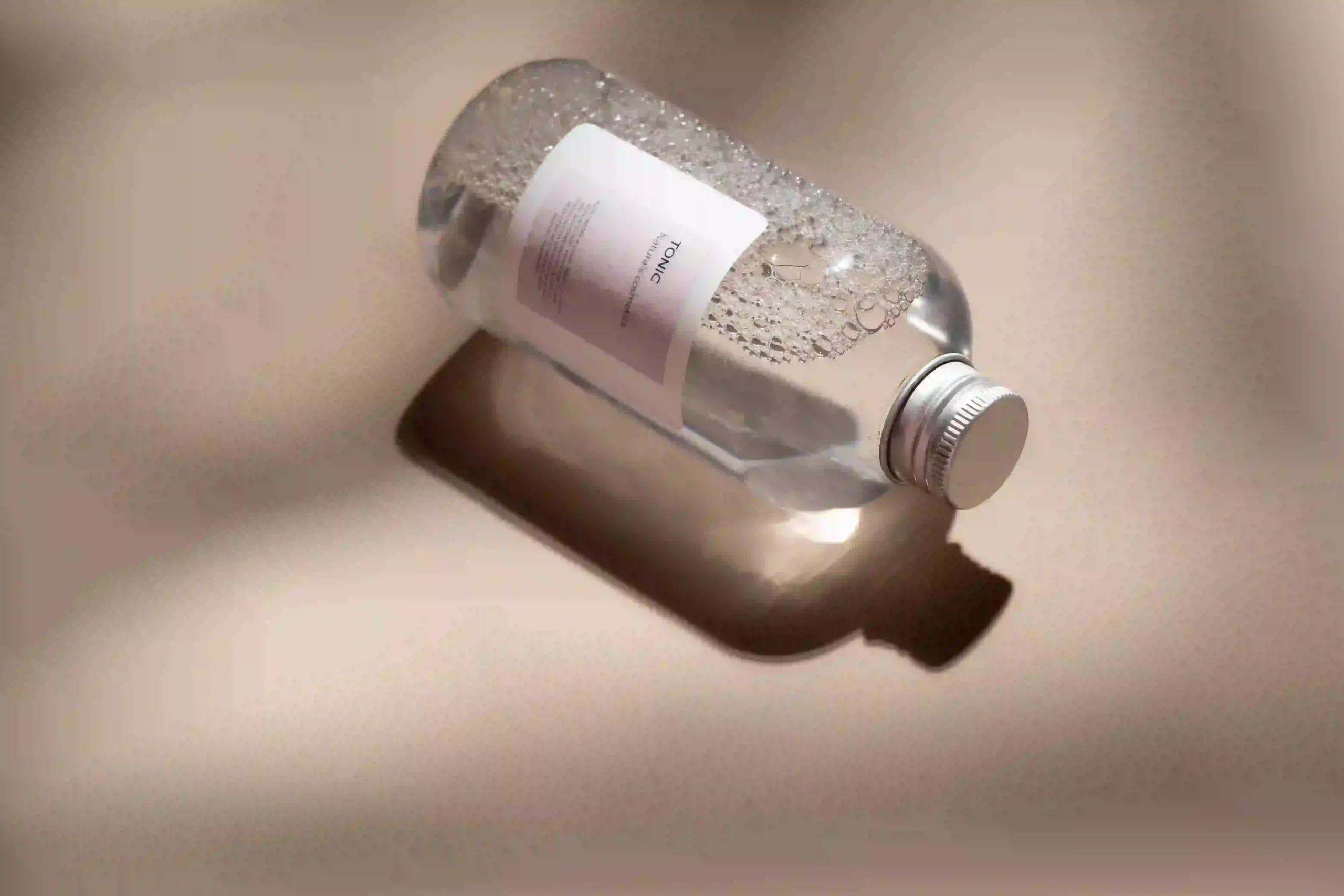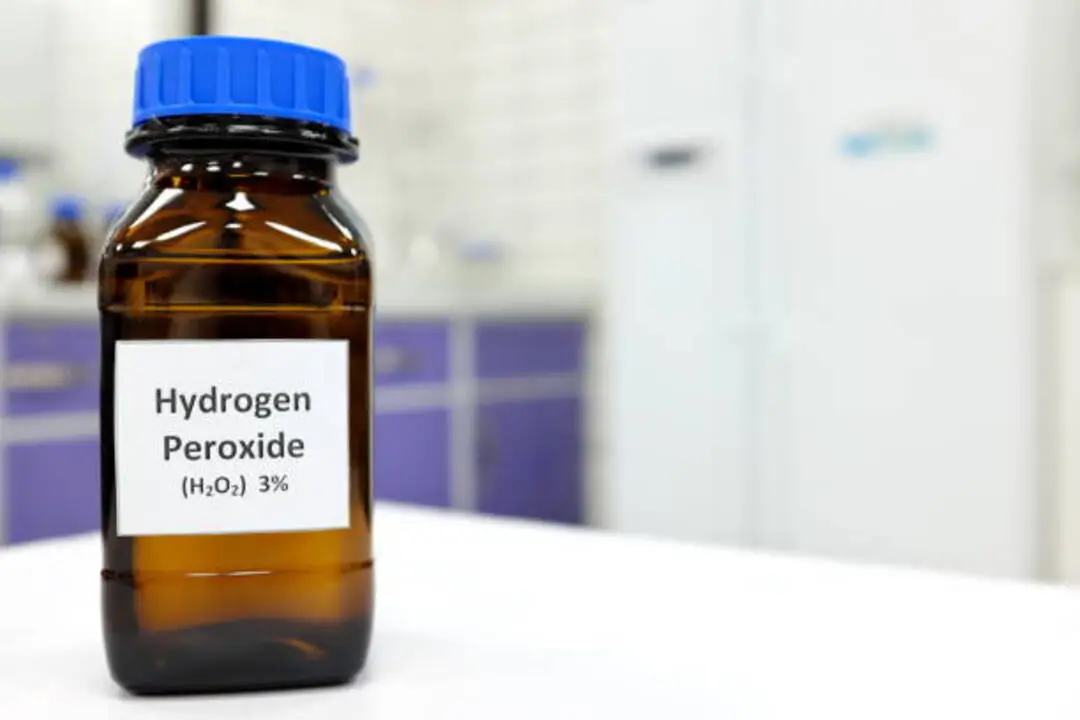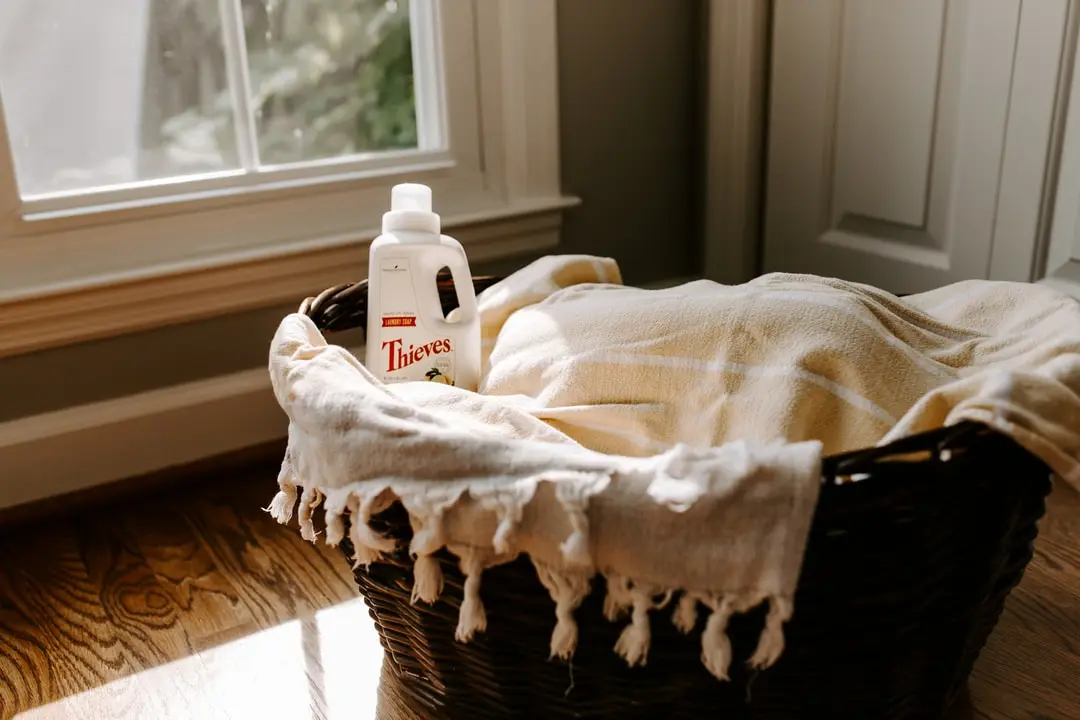Can vinegar discolor carpet? If you’re a vegan or just enjoy the taste of vinegar, you may have heard that it can be used to clean carpets. In fact, there are many benefits to using vinegar for cleaning your carpet. But is vinegar safe to use on carpets? Here’s what you need to know.
Carpet manufacturers add chemicals to their carpets during the finishing process in order to make them look better and last longer. These chemicals can react with the vinegar and adversely affect the way the carpet looks.
It’s been said that a mixture of water and white vinegar will remove stains from any type of upholstery in your home, including carpets. Vinegar has also been known to work wonders when it comes to removing tough grease stains from clothes and other fabrics in the laundry room. Not only does this natural cleaner do an amazing job with these tasks; but it’s also kinder than commercial products containing harsh ingredients.
Is vinegar safe to use on carpets? If you’ve already tried this new trick, you may be experiencing some of the benefits. However, if you are just hearing about it for the first time, consider the following points before making your decision.
According to The Vinegar Institute, acid-blue dyes, such as those used in many synthetic carpets, tend to turn red when exposed to acetic acid, the main component of vinegar. Sometimes, this causes a dye called crocin to appear and discolors the carpet.
Manufacturers use chrome green (lead chromate) dyes in carpets, which can sometimes turn brown when exposed to vinegar. Manufacturers also use other chemicals that could discolor the carpet.
Vinegar is made from natural ingredients that are kind to the human skin but may not be as kind to the fibers of your carpet. While you might think your vinegar mixture is a safe alternative to commercial products on the market; it still contains a high amount of acid.
Most people agree that white vinegar is generally safe for most fabrics, however, it is important not to use this on silk or wool. If you still want to try it out, the best advice is to test it in an inconspicuous location.
You can also use white vinegar in a mixture with water and other ingredients designed for cleaning carpets in order to get the most effective results without damaging your carpet fibers. These are available both online and at stores, but be sure to read the ingredients list first to ensure that the mixture is safe for your carpeting.
Types of Carpets and How They React to Vinegar?
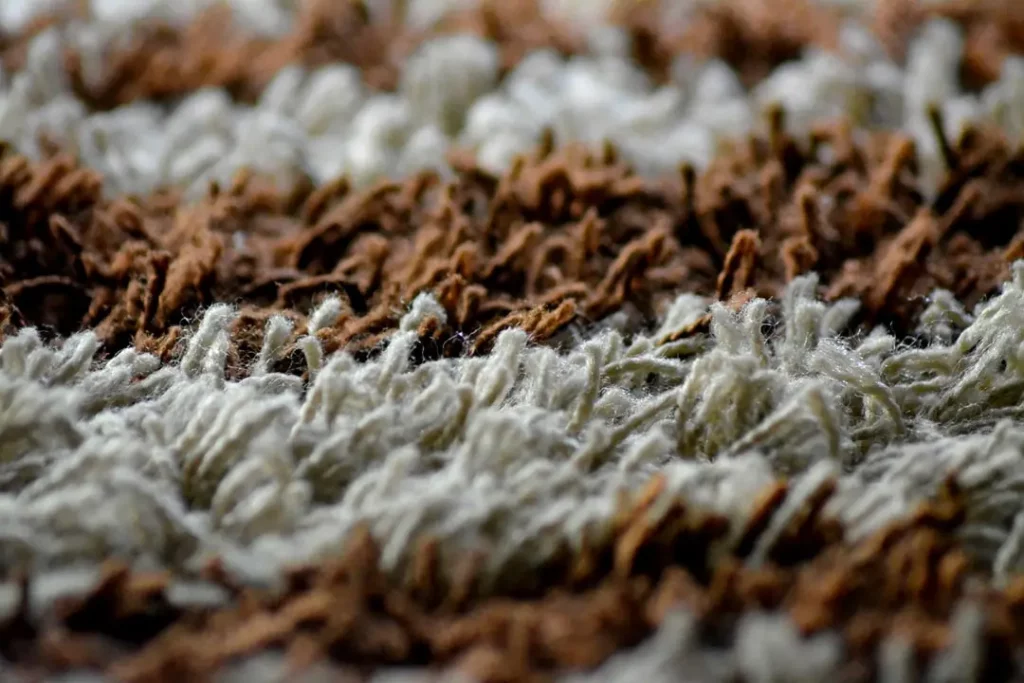
Some types of carpets can be discolored by vinegar when they are exposed to it. These carpets include silk, wool, and leather. If the vinegar comes in contact with these types of carpets, one should blot up as much liquid as possible right away to prevent damage from occurring.
Silk Carpets
Silk is a type of natural fiber that can be bleached by vinegar when exposed to it for a long period of time. Natural fibers like silk cannot withstand high concentrations of acetic acid, which is the main component in vinegar.
It can cause severe damage to these types of carpets. If one spills vinegar on a silk carpet, they should blot up as much liquid as possible and dry it immediately with a fan to prevent any damage.
Wool Carpets
Different types of wool are used to make carpets, including alpaca wool, New Zealand wool, and Merino sheep’s wool. All of these can be discolored by vinegar.
However, the reaction only occurs when there is a high concentration of acetic acid in the vinegar. If there is too much vinegar on the wool carpet, it can cause it to become stiff and brittle.
Leather Carpets
When vinegar comes into contact with leather, it can cause the color of the leather to fade. This will make the leather appear dull. If there is a high concentration of vinegar on the leather, it can cause the color to change from brown to green or black. Also, if there is too much vinegar on the leather, it can cause the texture of the material to become stiff and brittle.
If one spills vinegar on any type of carpet that is made up of natural fibers like silk, wool, or leather, it is best to blot up as much liquid as possible and dry the area immediately. If there is too much vinegar on the carpet, one should use a fan to dry the area quickly. Also, if any damage occurs, like stiffness or brittleness of material or color change in leather, then professional help should be sought.
What do you need to do when you mistakenly spill vinegar on your carpet?

If you spill vinegar on a carpet, immediately blot up as much of the liquid as possible to limit the damage. Place an absorbent cloth under the stained area and blot again to remove the vinegar.
If you have a synthetic carpet, try applying a dry-cleaning solution or club soda to counter the effects of vinegar. Rinse with clean water and let the carpet dry before returning it to its normal use or cleaning it.
Factors to Consider when Cleaning Carpets Using Vinegar

- The type of carpet must be known before using vinegar to clean it. Some carpets can react badly to the acidity of the vinegar and will become discolored, faded, or change in texture when exposed to vinegar for a long period of time or at high concentrations.
- The age of the carpet is also a factor. If the carpet is relatively new, then it might be best to avoid using vinegar on it because most new carpets are treated with chemicals that can be wiped off with water.
- Lastly, the soil level of the carpet must be known before attempting to clean it with vinegar. If the carpet is extremely dirty, then using vinegar might not be a good idea because it may not be able to effectively remove all of the dirt and grime that is embedded into the fibers.
There are several factors to consider when cleaning carpets using vinegar. The carpet must be made of a material that is not discolored by plain white distilled vinegar. There should be no metal zippers on the carpets because vinegar will corrode these zippers and cause rust stains.
If rubber backing or latex glue is used in the carpets, vinegar may cause these to separate from the fibers. If a carpet is made of wool, it must be dry cleaned or washed with a non-acetic detergent and then rinsed several times with clean water.
Finally, a few drops of plain white distilled vinegar can be mixed into the water used to rinse the carpet. This will help neutralize any alkalinity remaining in the carpet.
How to Clean Stains from Carpets Using Vinegar?

Carpets serve as a great means of decoration, especially in front of your stairs or near your living room. To make them look clean and beautiful, they should be taken care of. Sometimes, various types of stains land on carpets, whether they are from food, paint, juice, etc.
When these stains are not removed immediately, they can cause damage to the color of your carpet. They can also corrode the fiber.
If you are wondering, how will I clean this stain out of my carpet without damaging it? Just follow some simple steps.
Carpets are mostly made of three types of fibers, namely Nylon, Polyester, and Olefin. However, if you want to clean stains from your carpet with the help of vinegar, pay attention to the fact that some carpets can react negatively to vinegar or can be discolored when exposed to vinegar.
It is only recommended for wool and cotton carpets as it is safe for those fibers. You should first do a small section test in order to determine if your carpet can tolerate the acidic content of vinegar.
The steps involved in cleaning carpets using vinegar are as follows:
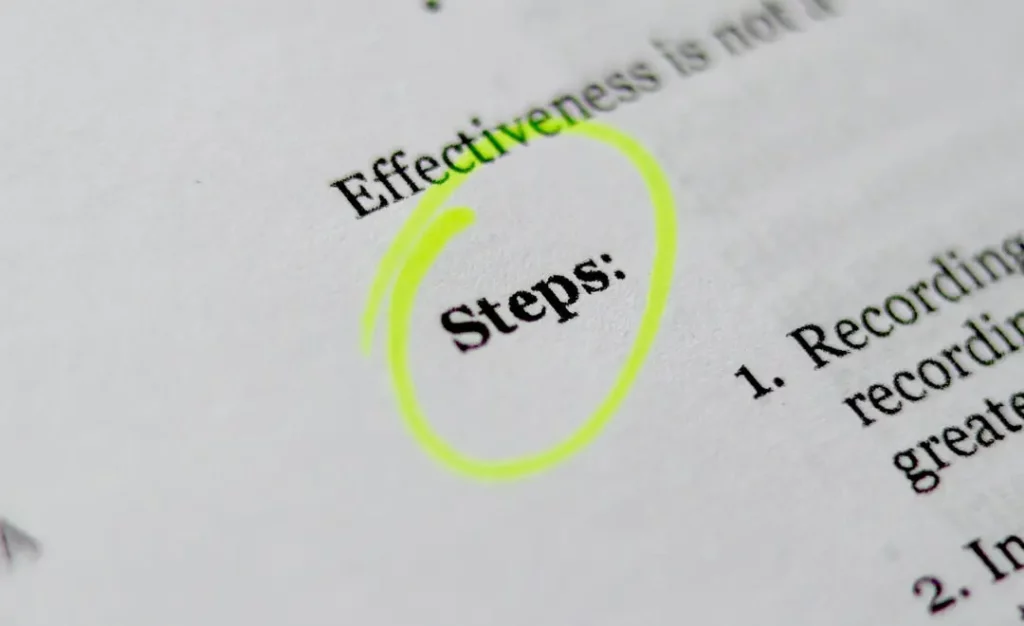
- Soak up all spills or excess liquid from your carpet using paper towels or other absorbent materials. This will prevent the stains from sinking deeper into the fiber.
- Next, mix 1 cup of white vinegar with two cups of warm water and mop the solution on the carpet. It is recommended that you use a sponge or soft cloth for this purpose.
- Now, wait at least fifteen minutes so that the solution can break down any dirt particles inside the fibers of your carpet. Make sure the carpet is kept moist during this time.
- In the final step, you need to extract all of the moisture from your carpet by turning on a fan and pointing it toward the affected area or using a hand dryer. You can also blot up any excess liquid with paper towels.
These steps outlined above will give you a clean carpet without causing damage. However, if you want to clean stains on your carpet using only vinegar, pay attention to the fact that some carpets can react negatively to vinegar or can be discolored when exposed to vinegar. You should first do a small section test in order to determine if your carpet can tolerate the acidic content of vinegar.
Click here to read similar articles.
Final Thoughts
Although vinegar is a great natural cleaning agent, it can sometimes discolor certain types of carpets. It’s important to do your research before using it on any type of carpeting to avoid the risk of running into problems with stains or damaged fibers.
If you’re looking for help to determine if your carpet will be safe when exposed to vinegar, we recommend that you perform a small test in an inconspicuous area first and see if there are any adverse reactions. For more information on vinegar and its uses, check out our related articles on our blog page. Good Luck!
